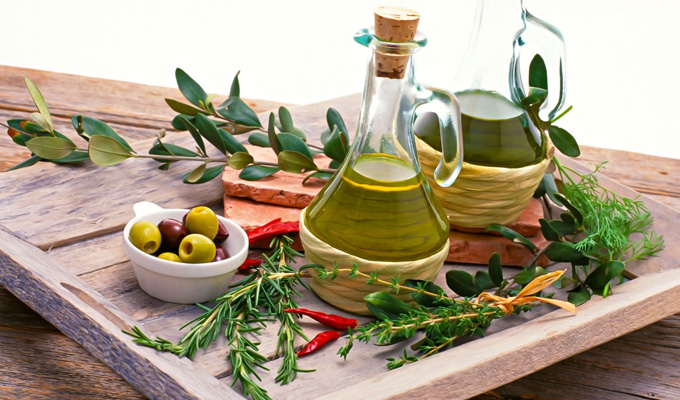
Olive Oil 101
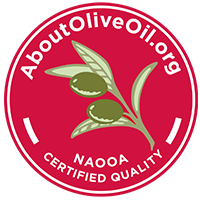
Quality Assurance of STAR Olive Oils
STAR is a long-standing member of the NAOOA. STAR’s Extra Virgin Olive Oil bears the NAOOA seal and has been tested to meet or exceed the International Olive Council’s worldwide olive oil industry standards for quality and authenticity.
For more information visit http://www.aboutoliveoil.org/resources/infographic_sealprogram.pdf.
Cooking Uses By Type
Extra Virgin Olive Oil
Extra Virgin Olive Oil is made of the finest ripe olives and fresh-pressed within 24 hours of harvest. Extra Virgin Olive Oil yields a rich olive flavor.
Typically, Extra Virgin Olive Oil is used to flavor salads and dressings, as a base for marinades and as finishing oil- drizzled over top your favorite dish before it is served.
Extra Virgin Olive Oil is similar to wine in that it can be a blend of several different types of olives or it can be made from only one variety of olive; the flavor of the oil changes based on the types of olives used. Each olive variety has a distinct flavor and adds its own dimension to the olive oil.
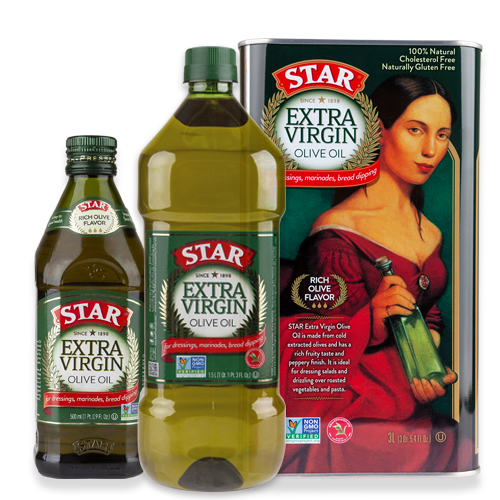
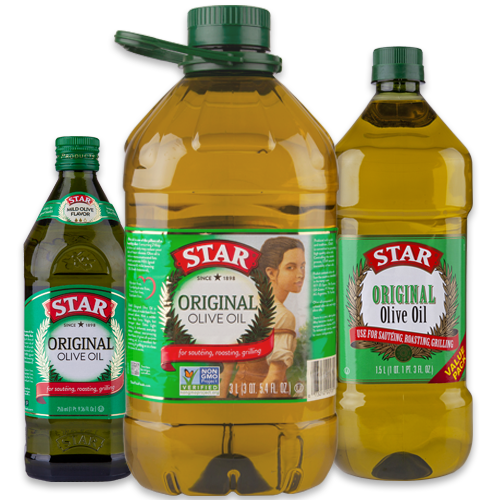
Original Olive Oil
Original Olive Oil is 100% pure olive oil made from olives that are fresh-pressed to capture its fine, fruity flavor. With a milder flavor than extra virgin, it’s everyday, all-purpose cooking oil ideal for cooking with high heat because the smoke point of Original Olive Oil is higher than that of Extra Virgin.
Ideal uses for Original Olive Oil include sautéing, roasting, grilling, stir-frying, and in pasta sauces.
Extra Light Olive Oil
Extra Light Olive Oil has a very mild taste allowing the flavors of other ingredients to come through. It’s ideal for baking and frying, and loved by cooks who desire the healthy benefits of olive oil but not a distinct olive taste.
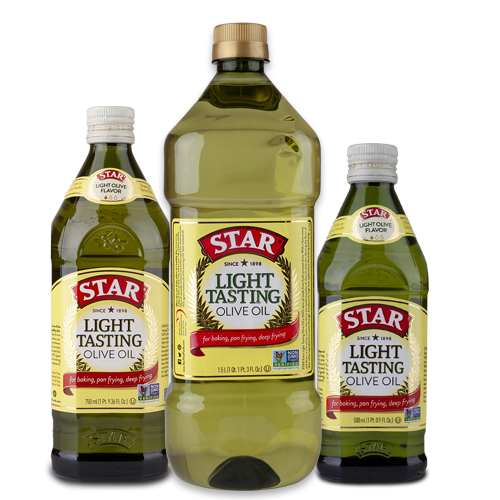
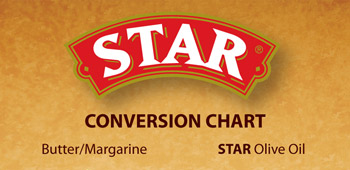
Incorporating Olive Oil in your Cooking
Olive Oil has no cholesterol or carbohydrates, and is one of the oils highest in monounsaturated fat which helps lower bad LDL cholesterol while maintaining good HDL cholesterol. It is also a natural source of vitamin E. Include olive oil in your daily diet by making an ounce per ounce substitution when a recipe calls for other oils. Replace butter and margarine in any recipe using this conversion chart.
Storing & Handling
Olive oil should be stored in a cool dark place, never next to oven or stove. If olive oil is exposed to temperatures below 50°F, it may become cloudy. Return olive oil to room temperature and the cloudiness will dissipate. It may take awhile if the olive oil has been exposed to cool temperatures for extended period of time, just as the range of room temperatures will affect how long it takes to return to clarity.
- Remember to keep your olive oil capped and closed when not in use to reduce exposure to oxygen.
- Unopened and stored under proper conditions, olive oil has a 2 year shelf life.
- Once opened, and stored under proper conditions, olive oil has a 6 to 9 month shelf life.
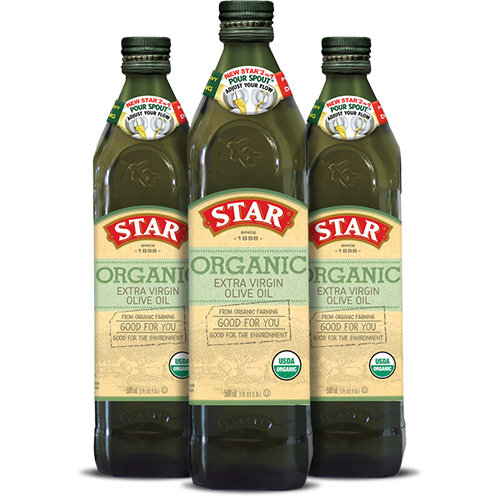

Tasting Extra Virgin Olive Oil
Did you know that you can taste and pair Extra Virgin Olive Oils like people taste and pair wines? Tastings provide an opportunity for participants to note the aromas and flavor sensations of different Extra Virgin Olive Oils.
If you are interested in doing a DIY Tasting at home, check out http://www.aboutoliveoil.org/download_ec_tasting.pdf for more details.
Olive Oil Everyday Brochure
Want even more information about olive oil? Download the “Olive Oil Everyday” brochure from the North American Olive Oil Association by going to http://aboutoliveoil.org/ooeveryday.pdf.


